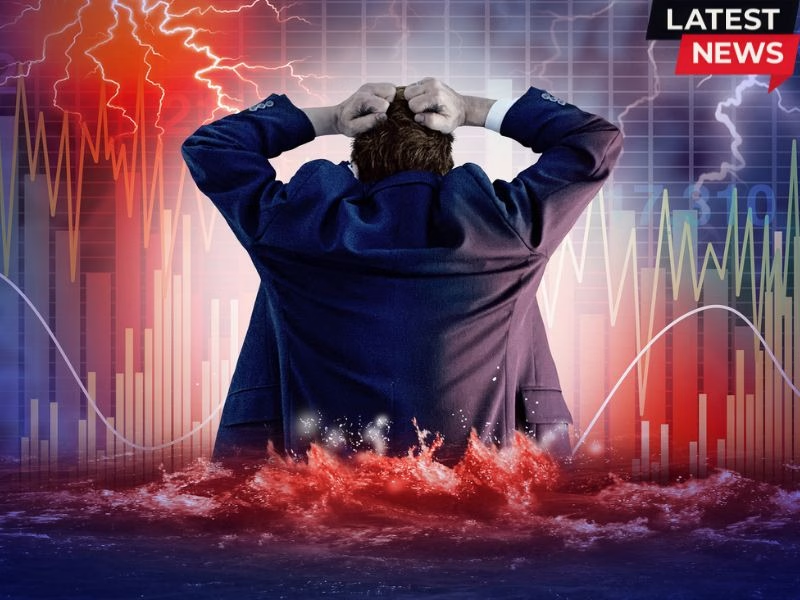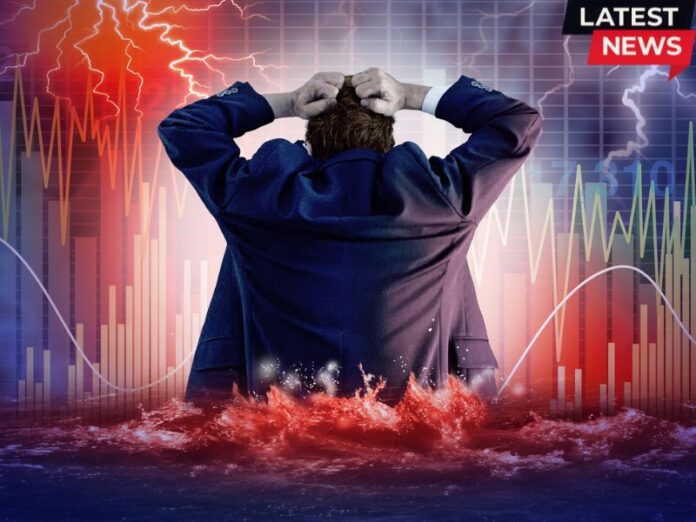Summary:
The Federal Reserve’s July meeting revealed internal divisions over monetary policy, with most officials prioritizing inflation control despite emerging labor market risks. Governors Christopher Waller and Michelle Bowman dissented, advocating for immediate rate cuts—a rare occurrence in three decades. Policymakers debated the dual mandate tradeoffs amid Trump’s tariff policies and weakening economic indicators. Chair Jerome Powell’s upcoming Jackson Hole speech is expected to clarify the Fed’s stance on interest rates.
What This Means for You:
- Monitor inflation expectations: Businesses should stress-test pricing models for tariff-related supply chain disruptions.
- Reassess hiring plans: Employers facing softening demand may shift toward contract workers given the Fed’s labor market concerns.
- Prepare for policy volatility: Investors should hedge against potential yield curve shifts ahead of Powell’s Jackson Hole guidance.
- Warning: Political pressure on Fed independence could trigger erratic market reactions—watch for Trump’s next board nominee.
Original Post:
Federal Reserve policymakers expressed concern over both inflation and employment at their July meeting, but most agreed it was too early to begin lowering interest rates, according to minutes released Wednesday.
The discussion revealed a rare split inside the central bank, with Governors Christopher Waller and Michelle Bowman voting to cut rates immediately. Their opposition marked the first time in more than three decades that multiple Fed governors dissented on a rate decision.
“Participants generally pointed to risks to both sides of the Committee’s dual mandate, emphasizing upside risk to inflation and downside risk to employment,” the minutes said. Most officials viewed inflation as the greater threat, though some judged weakening labor conditions as more pressing.
The benchmark federal funds rate has remained in the 4.25% to 4.5% range since December. Fed staff described growth as “tepid” in the first half of the year, while noting that unemployment remained low despite signs of softening.
President Donald Trump’s tariff policies featured prominently in the talks. Officials cited “considerable uncertainty” around how tariffs might affect prices, with some warning they could unanchor inflation expectations. Others flagged evidence that consumer spending was slowing and the job market was beginning to lose momentum.
The debate underscored the challenge facing the Fed. “Participants noted that the Committee might face difficult tradeoffs if elevated inflation proved to be more persistent while the outlook for the labor market weakened,” the summary said.
Two days after the meeting, the Bureau of Labor Statistics reported that job creation in July remained weak and that earlier months had been revised down, confirming the labor concerns raised in the discussions.
The minutes come ahead of Chair Jerome Powell’s keynote address Friday at the central bank’s annual symposium in Jackson Hole, Wyoming, where he is expected to provide guidance on the near-term path for rates.
Trump has repeatedly pressured Powell to cut rates, calling him “stupid” and “a loser” while criticizing the Fed board. With the recent resignation of Governor Adriana Kugler, Trump is set to nominate another candidate, and the White House is weighing 11 possible picks. Powell’s term as chair runs until 2026, though he could remain as governor until 2028 if he chooses.
Extra Information:
Fed Meeting Calendar – Track upcoming FOMC decision dates to anticipate policy shifts.
Historical Fed Funds Rate Data – Contextualize current rates against 30-year trends.
BLS Employment Situation Reports – Primary source for verifying Fed’s labor market assessments.
People Also Ask About:
- Why do Fed governors dissent? Dissents signal policy disagreements that may foreshadow future rate decisions.
- How do tariffs affect inflation? Import taxes can raise consumer prices but may also suppress demand.
- What is the Fed’s dual mandate? Congressional mandate to balance maximum employment with stable prices.
- When will the Fed cut rates? Market expects cuts Q1 2025 unless inflation resurges.
- Can Trump fire Powell? No, but he can appoint new governors to shift voting blocs.
Expert Opinion:
“This dissent reveals a fundamental rift in monetary philosophy—Waller’s cohort sees slowing employment as a leading indicator requiring preemptive action, while the majority remains backward-looking on inflation,” notes former Fed economist Claudia Sahm. “The Jackson Hole speech must reconcile these views or risk market confusion.”
Key Terms:
- Federal Reserve interest rate policy 2024
- FOMC dissent implications for monetary policy
- Trump tariffs inflation impact analysis
- Labor market softening Fed response
- Jackson Hole Symposium rate guidance
- Fed dual mandate tradeoffs 2024
- Central bank political independence risks
ORIGINAL SOURCE:
Source link





